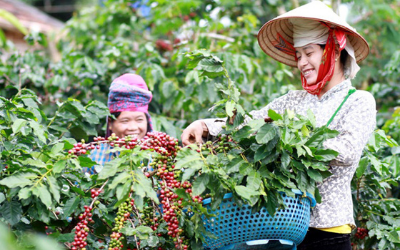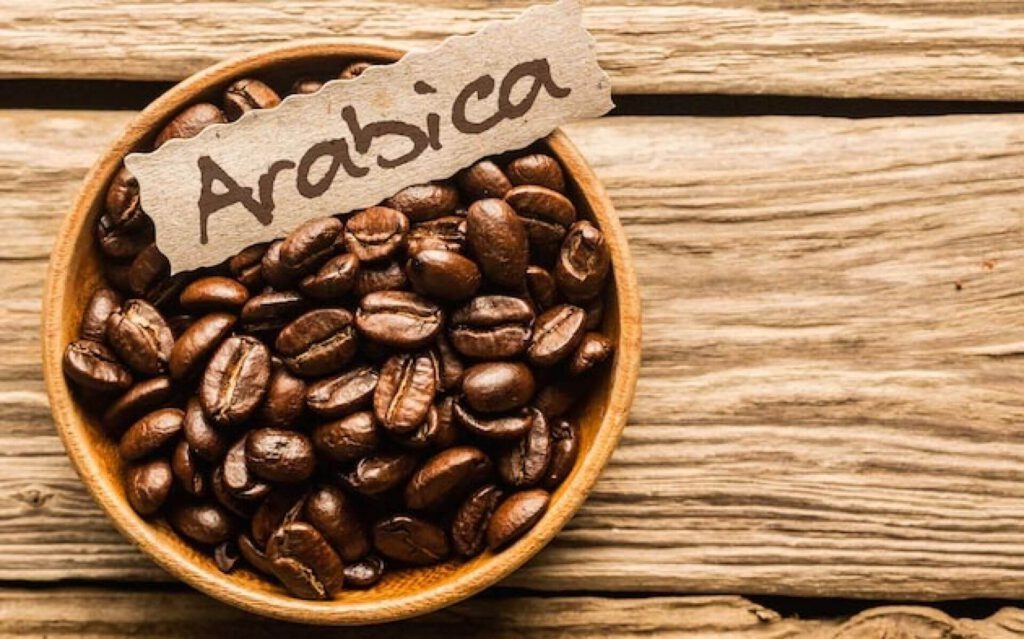The Vietnam Northwest with the focus on Son La coffee and tea area is considered by experts as Sao Paulo of Brazil; but in fact, Northwestern coffee is not prominent in the Vietnamese coffee industry in general. But considering the natural factors, the Northwest has great potential in cultivating high-quality coffee and tea trees; we have complete confidence in a “Specialty Coffee made in Vietnam Northwest”.
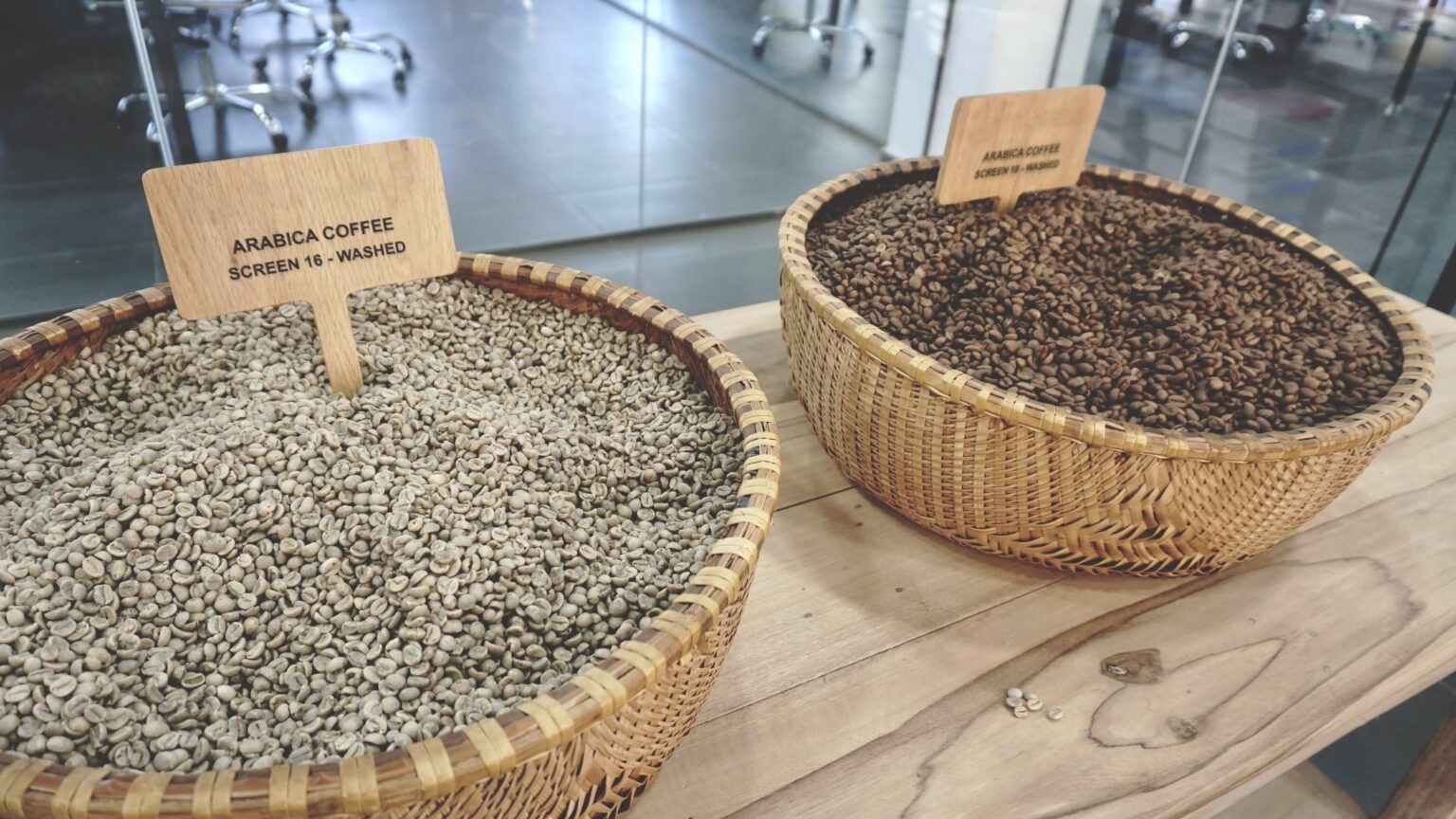
Son La Arabica Coffee – Vietnam Northwest
1. Geographical location
It is one of three areas growing coffee and tea (Arabica coffee) tea on the “S” shaped land. Northwest Vietnam is a region with complex dissected topography, including a number of medium and high mountains surrounding large and small basins, including plateaus such as Son La plateau, Moc Chau plateau, etc. That sounds very complicated because our country actually has too complicated terrain!
So what makes it so complicated? It is the Hoang Lien Son Range that runs like a wall dividing the Northwest into two climate zones: East Hoang Lien Son and West Hoang Lien Son. Dien Bien, Lai Chau, and Son La are the provinces of Western Hoang Lien Son. It is a low mountain area with an altitude of 500 to 1500m hidden behind the mountain range, which has formed a typical climate zone where coffee and tea can be grown. Characteristic for this area are two provinces of Dien Bien & Son La.
2. Coffee and tea Dien Bien – Northwest
Dien Bien is a low mountain region, the climate has 2 seasons, cold and dry winters in contrast to hot and rainy summers. Dien Bien has a closed terrain, so the winter is less cold, there are only a few days each year with the temperature below 15oC. However, here in winter there is also a possibility of frost, but the level is less severe than in Thac Chau Mai Son, Son La.
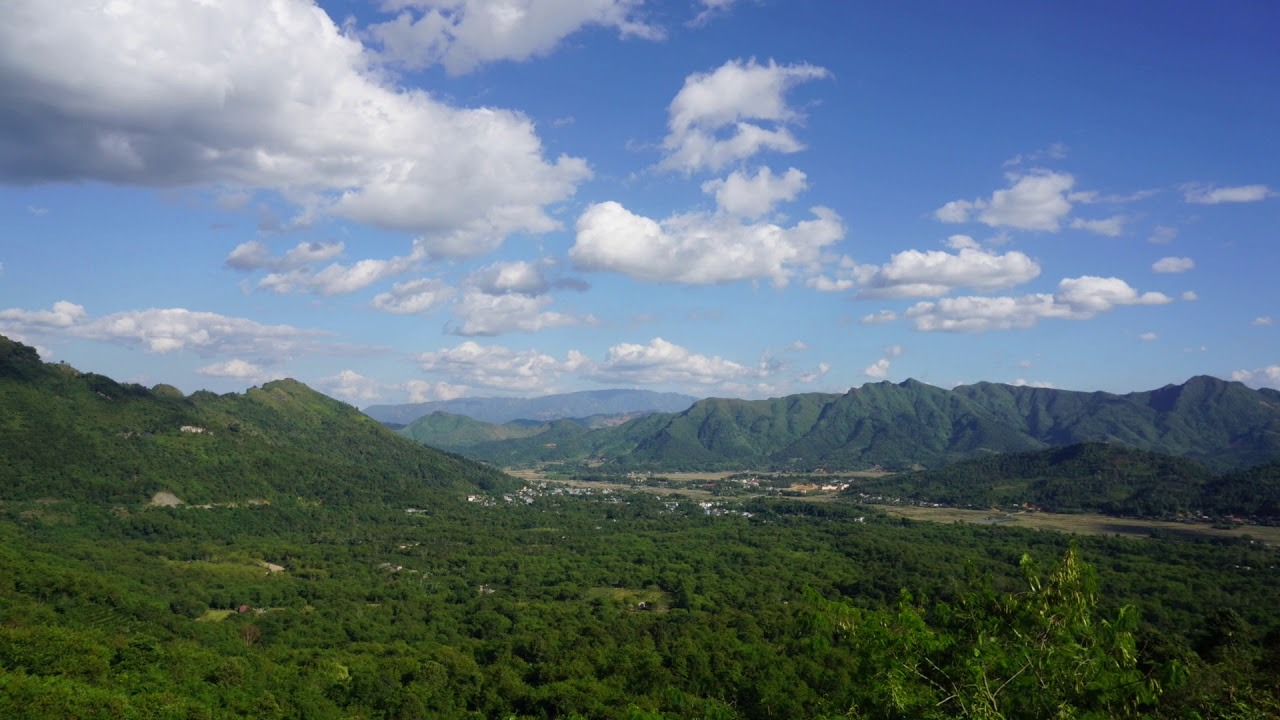
Dien Bien – Northwest
Although the coffee growing areas here do not have an ideal height, only about 400-500m; it is still possible to grow Arabica coffee; the product is also good quality because it is at a relatively high latitude near the Tropic of . One area of coffee that has been grown for over ten years is Muong Ang, Tuan Giao. From January 1961, experts led by Prof. Dr. Hans Pagel of Humbolt University of the Democratic Republic of Germany and Doan Trieu Nhan, Ministry of Agriculture of Vietnam, surveyed the soil and recorded the possibility of developing Arabica coffee in Tuan Giao area.
3. Muong Ang coffee and tea
In May 2005, experts from the Center for Agricultural Extension and Trade Promotion under the Vietnam Coffee and Cocoa Association and Thai Hoa Group officials conducted a survey in the Muong Ang area, showing that besides the coffee area, Tea is growing very well in the area where Muong Ang farm has been planted since the 1990s, there are many areas that can grow coffee and tea in this area up to over 1000 hectares.
However, to represent the title of Northwestern coffee, we need an original coffee with the identity of the Northwest region, with higher rarity, more speciality and more flavor!
4. Son La Coffee – Sao Paulo of Brazil
Son La with a system of mountains surrounding the basins, plateaus, coffee is grown on the slopes of the foothills of the low mountains or on the hilltops with an altitude of about 600m above sea level. . Although the altitude of the coffee areas here is not ideal, Son La coffee is located in the range of 21 to 22 north latitude, so Son La coffee area has an equatorial symmetrical position with Minas Gerais, Sao Paulo of Brazil (19-24 south latitude).
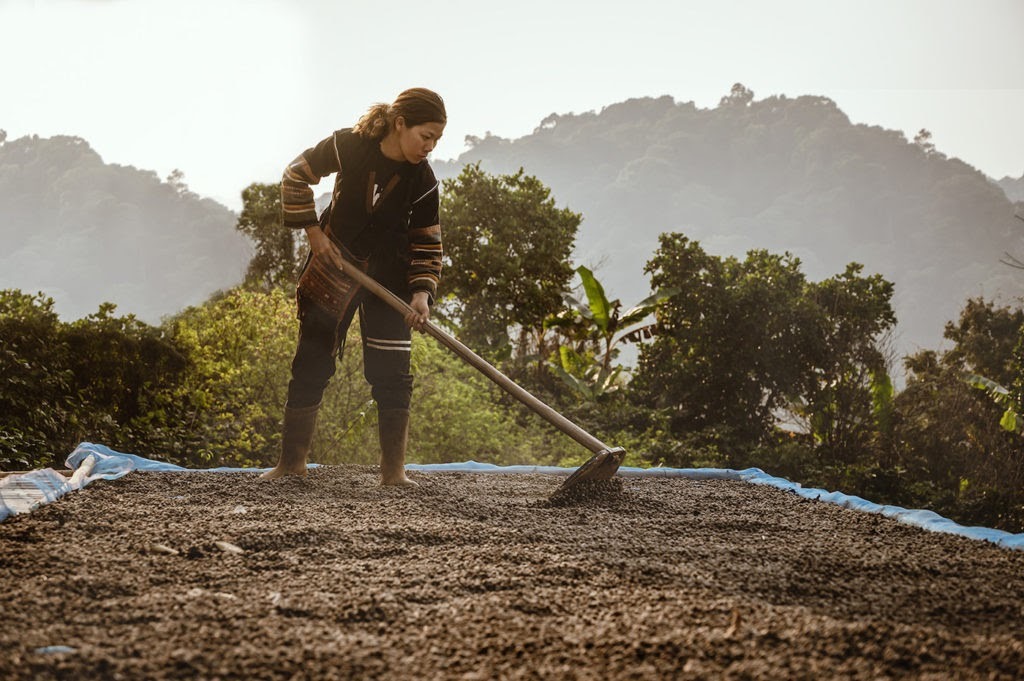
As a coffee expert, René Coste wrote in his book Coffee – the crop and the product is “the combination of altitude above sea level and latitude altitude that gives us an antidote to nothing.”; indispensable with unfavorable factors”. And we can see that the Son La and Dien Bien coffee regions have a similar position to the Sao Paulo coffee region of Brazil in the Americas coffee continent.
There are 3 main coffee and tea areas of the province according to the 2009 statistics: Son La city (1515ha), Mai Son district (1489ha) and Thuan Chau district (385ha). Up to now, the above statistics have changed a lot; however, the most remarkable is Chieng Ban commune in Mai Son district with a strong movement to expand coffee cultivation.
5. Chieng Ban Coffee is on the rise
Chieng Ban is a mountainous community in Mai Son district, Son La province. Most residents here have a precarious and unstable life; so thanks to the cultivation of Arabica coffee, it has brought a better income for the people.
Of the total 1,564 hectares of arable land, 1,200 hectares devoted to coffee. Daily profit from coffee is more than 100 billion dong. Thanks to the coffee tree, everyone’s life here has improved markedly compared to the past.

Coffee farming in Chieng Ban
Chairman of the People’s Committee of Chieng Ban affirmed; that coffee will be the most important and strategic crop of this place. The province will not focus on expanding the land area to grow coffee; but promote technical equipment to improve product quality and turn Chieng Ban coffee into an internationally famous brand.
6. Some other coffee and tea regions in the North of Vietnam
In addition to the two provinces of Dien Bien and Son La mentioned above; there are many areas with suitable conditions for the ecological requirements of coffee and tea trees that we can exploit. South of Hai Van Pass, in some provinces in the South Central Coast; there are also a few areas of coffee and tea growing; but sporadic with insignificant area such as Vinh Thanh-Binh Dinh with 278 hectares with an output of 250 tons. Song Hinh district in Phu Yen province has 1185 hectares; with an output of 1579 tons and Khanh Hoa province has 280 hectares with an output of 429 tons. The weakest point of these coffee areas is that they grown in places with low altitude above sea level; even in places less than 100m like Phu Quy, Nghe An.
Conclusion
Compared with three key farming areas, Son La – Vietnam Northwest will still have a lot of potential for the cultivation of high quality coffee and tea in our country. On the way to the south, we will encounter specific regional nuances of the Central Highlands and Central Highlands in a series of articles about the traditional coffee and tea region.
——————————————————————————————————-
We are here to match your requirement. Do not hesitate to contact us for the best price!
PRINCE COFFEE
ADD: 41/49 Huynh Thuc Khang Street, Dong Da District, HaNoi, VietNam
EMAIL: sales@fineco.com
HOTLINE: +84 966420187 (WHATSAPP/VIBER/ZALO)

